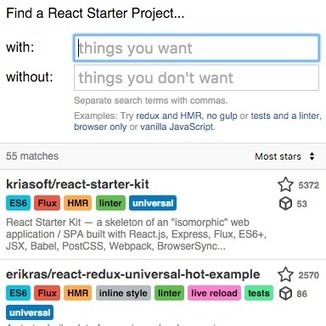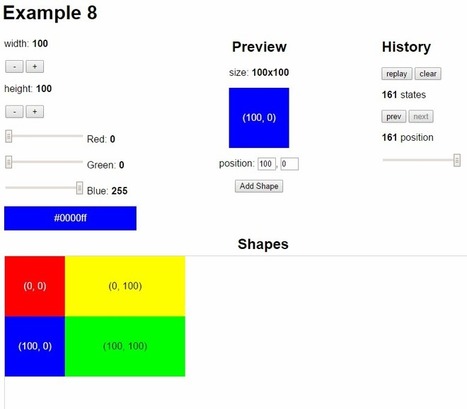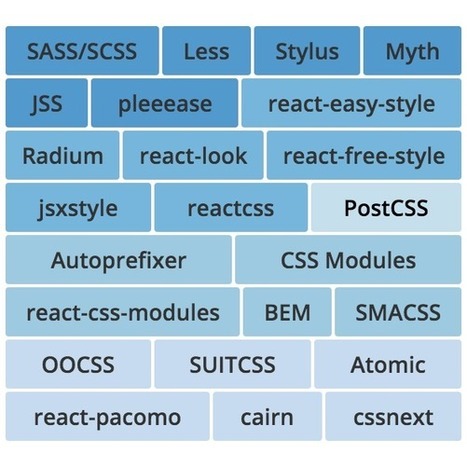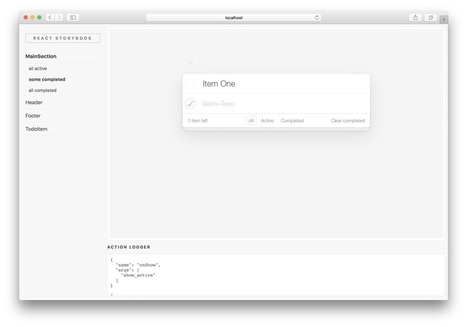Just as for many front-end developers, our stack used to consist of HTML and jQuery. We would do AJAX requests to our backend, render the new chunk of UI on JavaScript and insert it into the DOM. User actions were tracked by binding events and callbacks to each of the elements. And don’t take me wrong: this is just fine for most applications.
However, when an application grows considerably, a couple of issues start being more frequent than expected: you forget to update all places where a value is displayed in the UI, no events are bound to the content added by AJAX, just to name some — this list can be very long. These are signs that your code is not maintainable, especially when developing together with a team. Using a front-end framework provides a formal way to write collaborative code that you can read, write and update.




 Your new post is loading...
Your new post is loading...




























